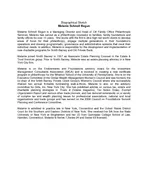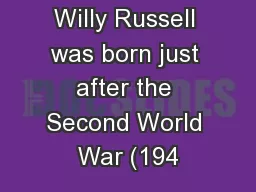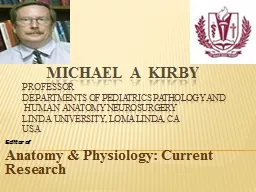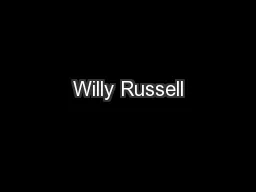PPT-Mickey’s Memor ies By: Sydney Totaro, Melanie Kirby, and Nejla Dzafic
Author : lois-ondreau | Published Date : 2019-11-02
Mickeys Memor ies By Sydney Totaro Melanie Kirby and Nejla Dzafic Playing games with his friends were processed through Mickeys shortterm memory which is why he
Presentation Embed Code
Download Presentation
Download Presentation The PPT/PDF document "Mickey’s Memor ies By: Sydney Totaro,..." is the property of its rightful owner. Permission is granted to download and print the materials on this website for personal, non-commercial use only, and to display it on your personal computer provided you do not modify the materials and that you retain all copyright notices contained in the materials. By downloading content from our website, you accept the terms of this agreement.
Mickey’s Memor ies By: Sydney Totaro, Melanie Kirby, and Nejla Dzafic: Transcript
Download Rules Of Document
"Mickey’s Memor ies By: Sydney Totaro, Melanie Kirby, and Nejla Dzafic"The content belongs to its owner. You may download and print it for personal use, without modification, and keep all copyright notices. By downloading, you agree to these terms.
Related Documents














